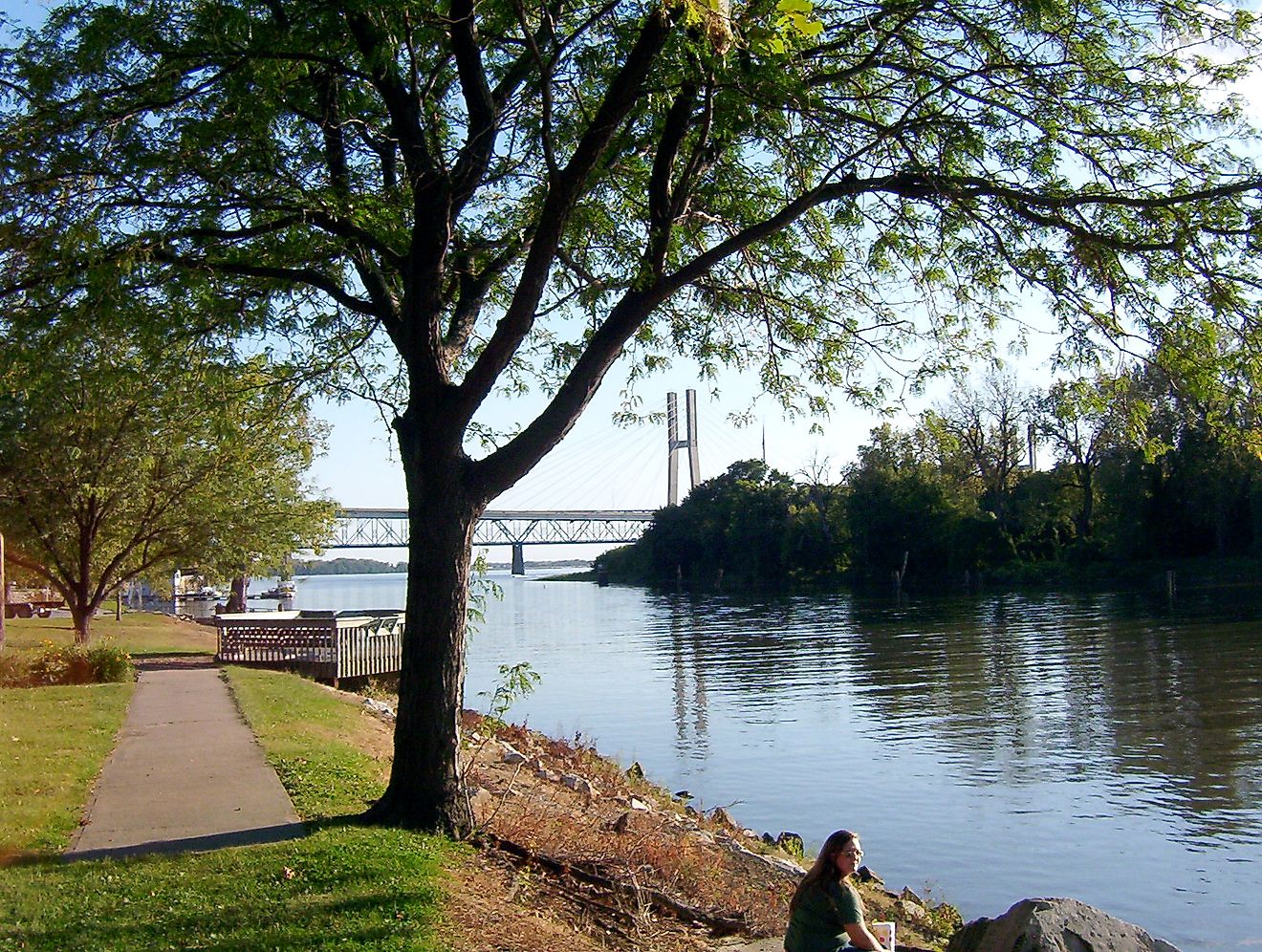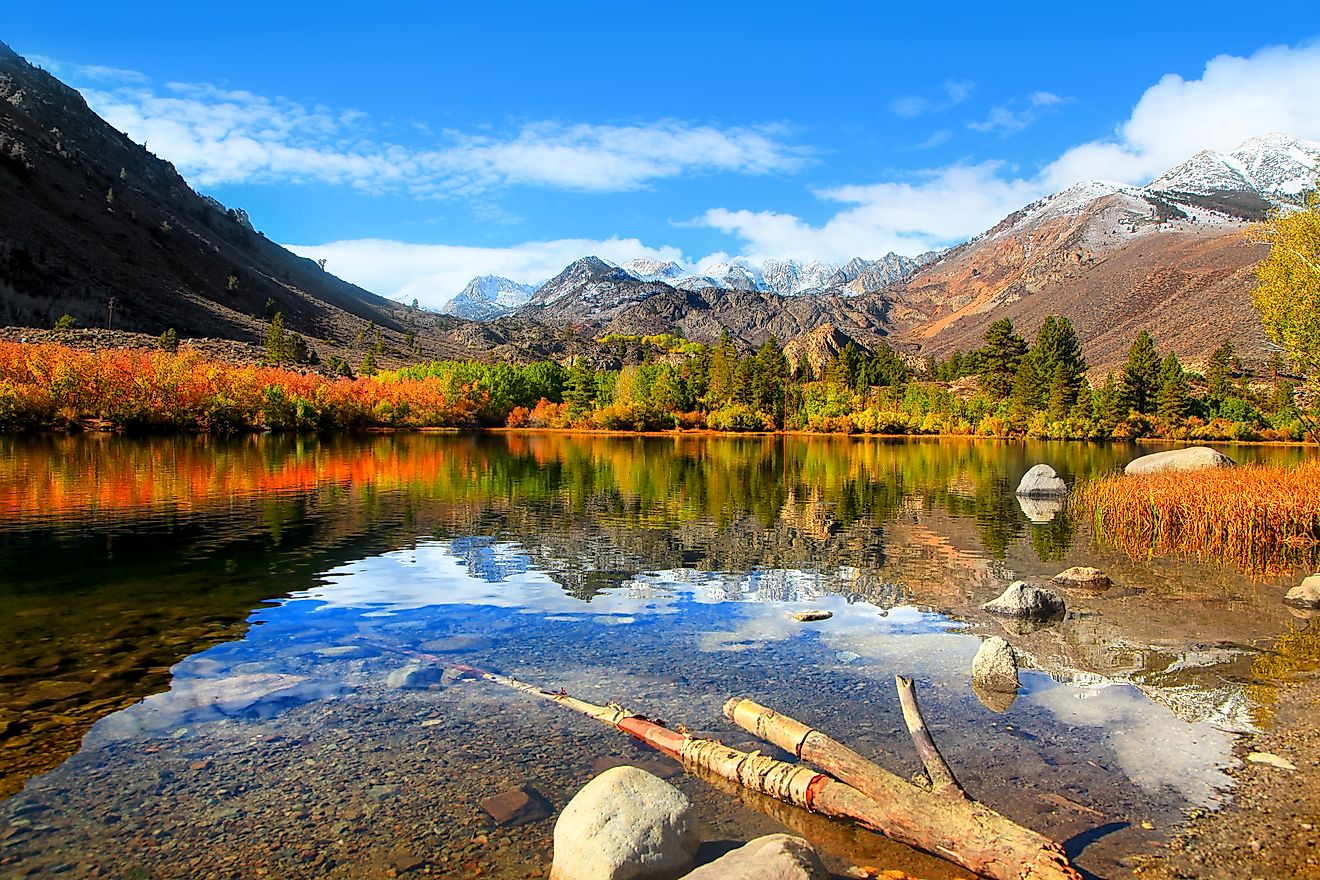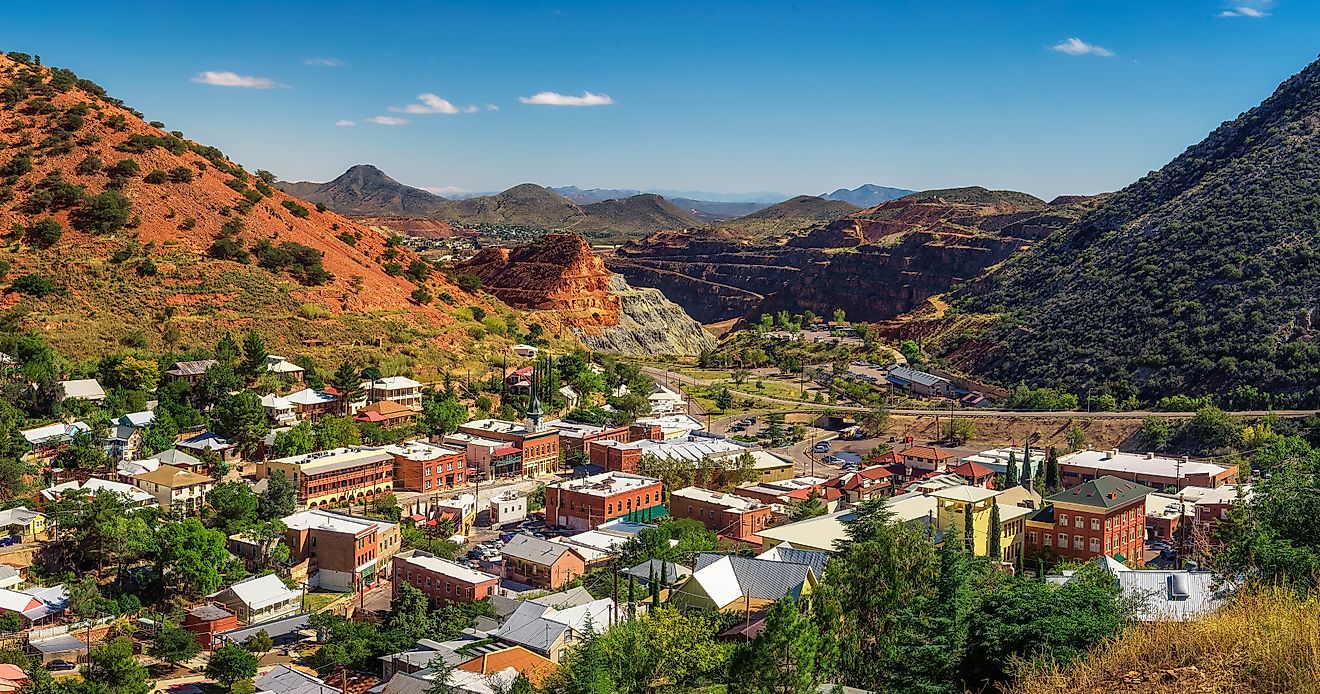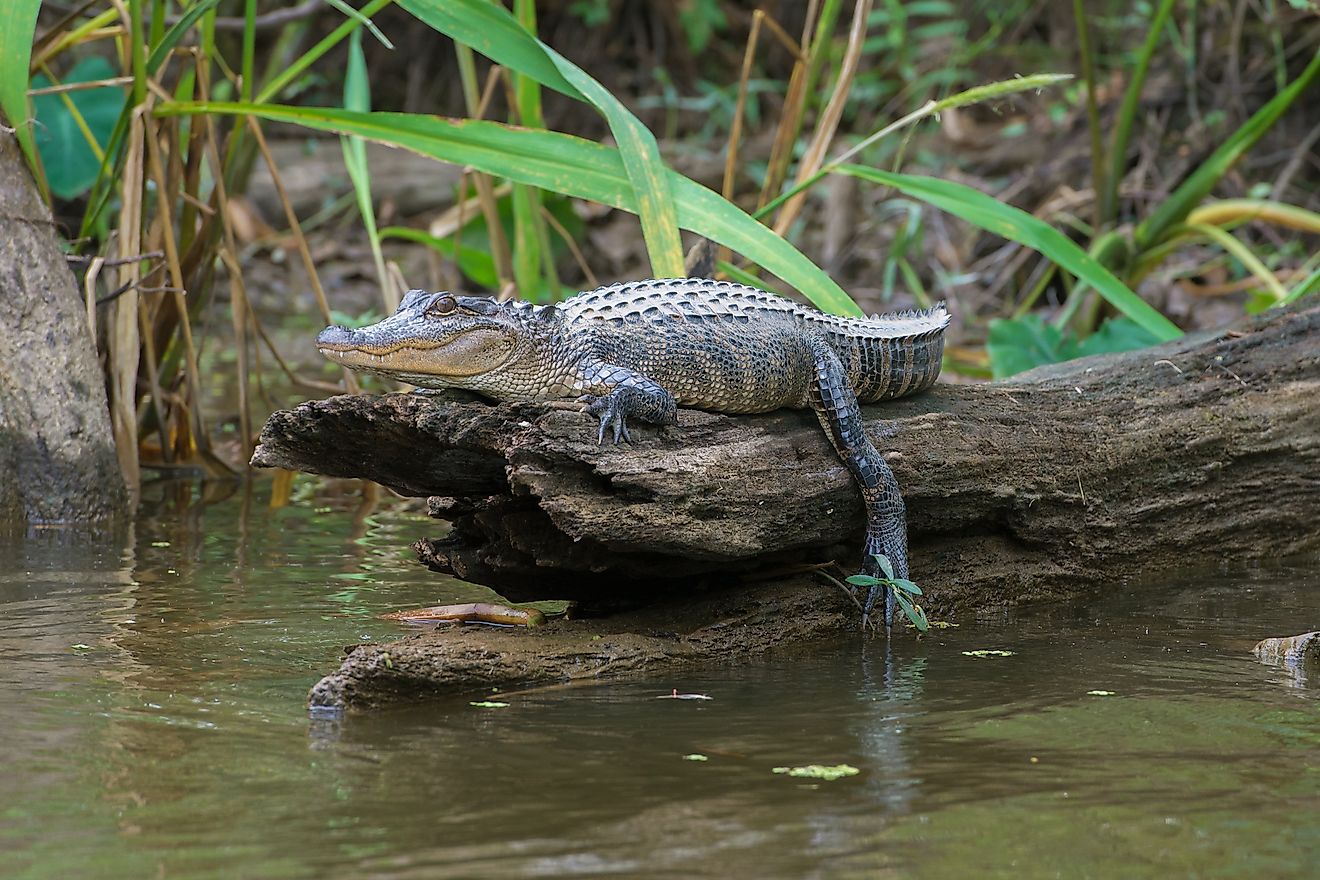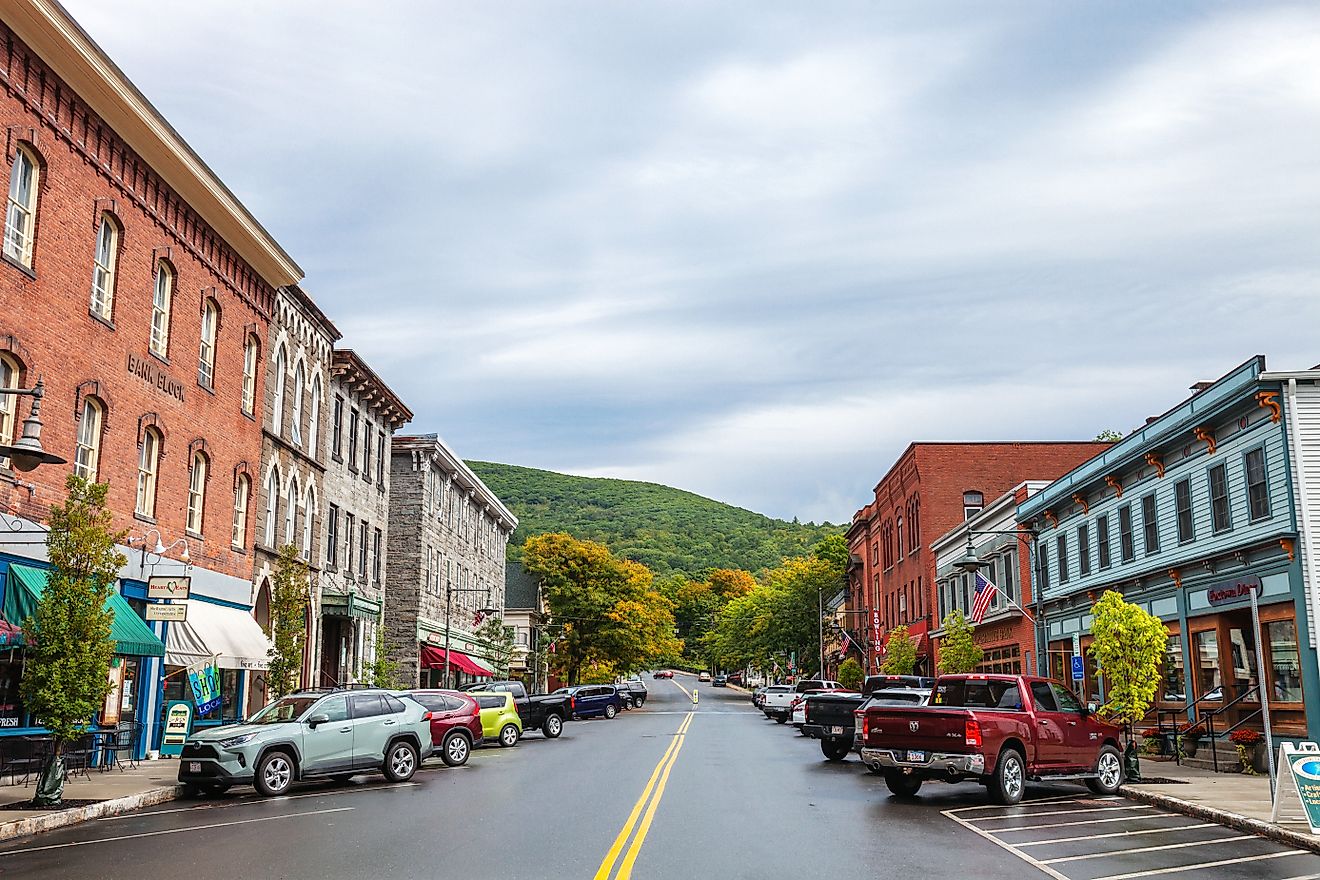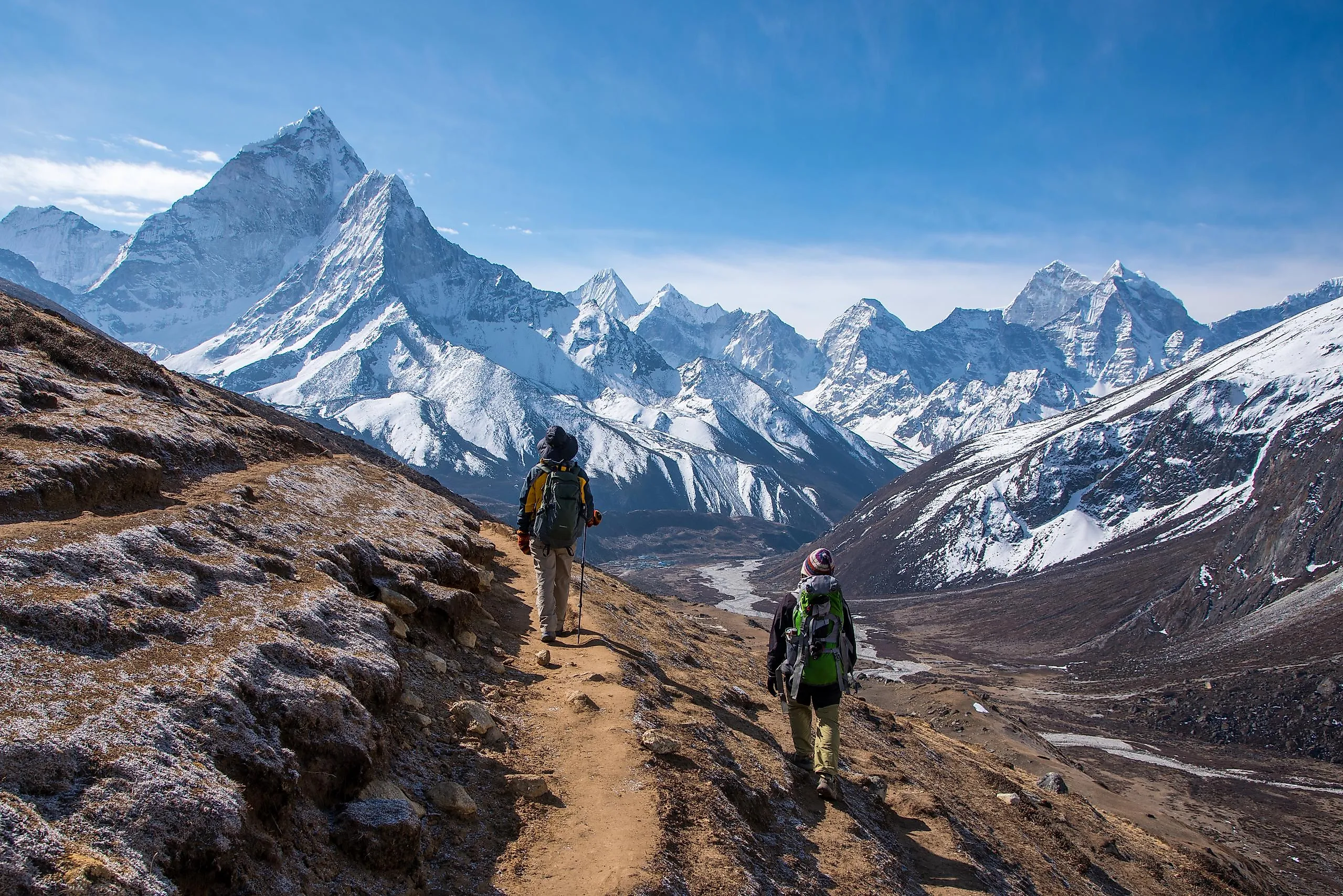
11 Best Hikes In The World
Hiking resonates with our primal, hunter-gatherer nature. After all, humans are bipedal for a reason – we are meant to move! Even with high-tech gear, detailed maps, guidebooks, GPS units, travel blogs, and tour companies, using your own two legs to propel yourself over novel terrain is a deeply satisfying pastime. But the world is a big place, and there are too many blazed trails for one human life, so some strategic selections must be made. Are you looking for a gigantic quest? A spiritual undertaking? A memorable, single-day push? These eleven hikes present something for all globe-trotting tramps.
Camino Portugues – The Coastal Way, Portugal/Spain
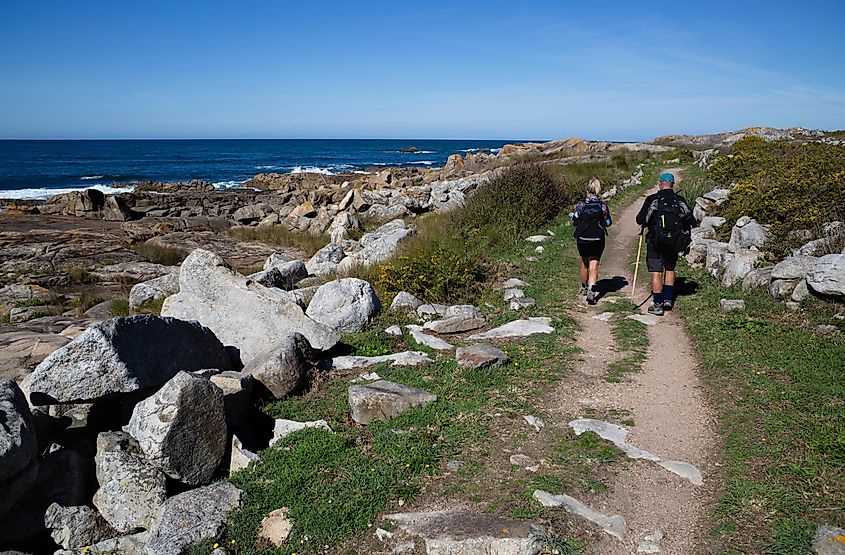
There are many rewarding pilgrimages to choose from that fall under the banner of Camino de Santiago. While the Camino Frances is the most famous, the Coastal portion of the Camino Portugues has been skyrocketing in popularity as of late. This 280 kilometer/174 mile (depending on the exact combination of chosen paths) mostly waterfront stroll begins in the UNESCO city of Porto, Portugal. It ends at the Santiago de Compostela Cathedral in Spain (i.e., the traditional endpoint for all these spiritual sojourns).
Along with a refreshing ocean breeze, sunny skies, adorable seaside towns, and no shortage of espresso-break patios, the Coastal Way (or the Coastal Route) almost equally blends the two countries and their respective languages and cultures. A ferry crossing marks the changeover, whereupon attentive pilgrims will switch from the "Bom Caminho!" Portuguese greeting to the Spanish "Buen Camino!"
West Coast Trail, Canada
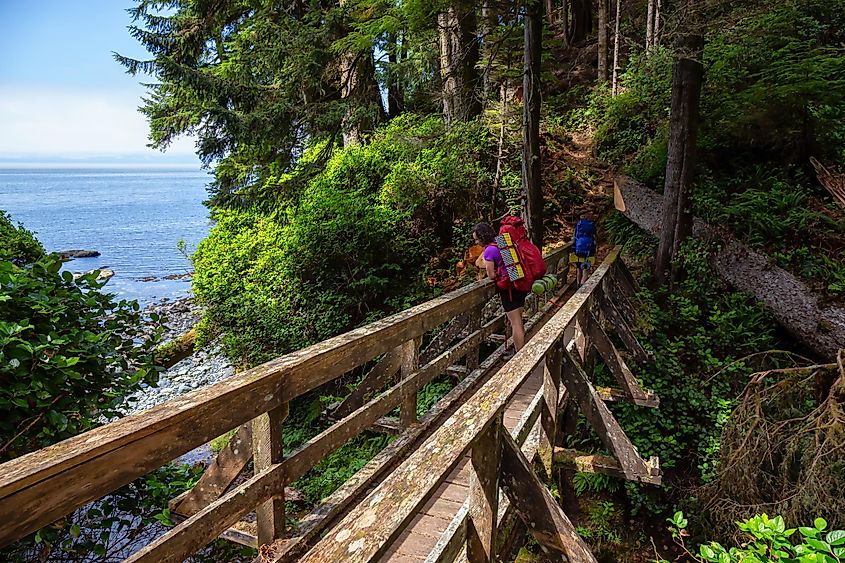
Along the Southwest shore of British Columbia's Vancouver Island, the West Coast Trail spans 47 soggy, challenging miles (75 km) through the rainforest of Pacific Rim National Park Reserve. This once-in-a-lifetime trek combines naturally worn footpaths, courtesy of the region's first nations, and a manufactured exit route for shipwrecked sailors that used to wash ashore so frequently that this ominous coastline became known as "the graveyard of the Pacific." Present-day hikers have to contend with often incessant rain and tide schedules. Challenges on the way also include ascending or descending 100 wooden ladders, cable-car river crossings (or good old-fashioned unassisted river crossings), slippery rocks and roots, and occasional black bear sightings. All of the above makes the WCT a slow-going experience, but that is all part of the adventure. As a reward for your efforts, expect to be dazzled by the enormous vegetation, wild beaches, sea caves, rock arches, pods of gray whales, and sizable sea lion gatherings.
La Ciudad Perdida, Colombia
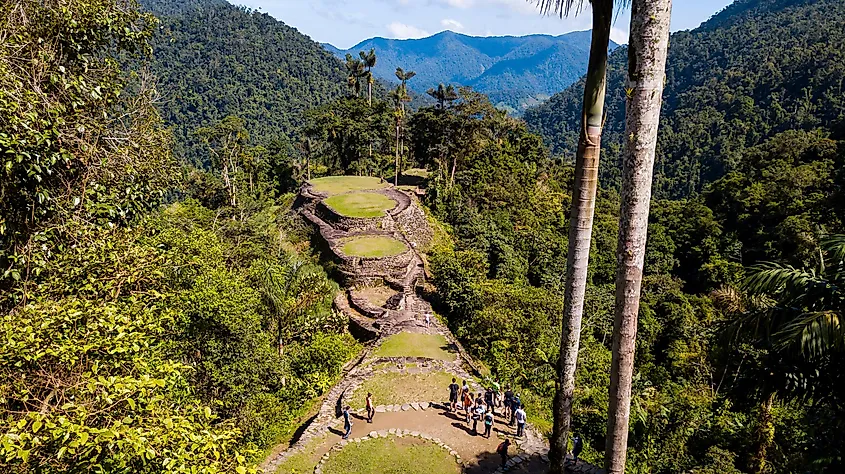
Everyone knows that Machu Picchu treks in Peru are incredible, but permits are strictly regulated, even during normal times. Currently, the famous Inca Trail is entirely closed due to political unrest—necessitating an alternative destination. Colombia's La Ciudad Perdida, built around 800 CE (about 650 years before Machu Picchu) by the pre-Columbian Tairona people—ancestors of the modern Kogi—is a prime alternative. Unlike Machu Picchu, which is accessible by road and rail from Cusco, "The Lost City" requires a 4 to 6-day hike through the Sierra Nevada de Santa Marta mountains and the dense jungles of Colombia's Northeast. Only a small portion of the once-thriving site has been uncovered; today, it emerges from vegetation that had completely concealed its sophisticated infrastructure until rediscovered (probably known locally) in the 1970s.
Pacific Crest Trail, United States
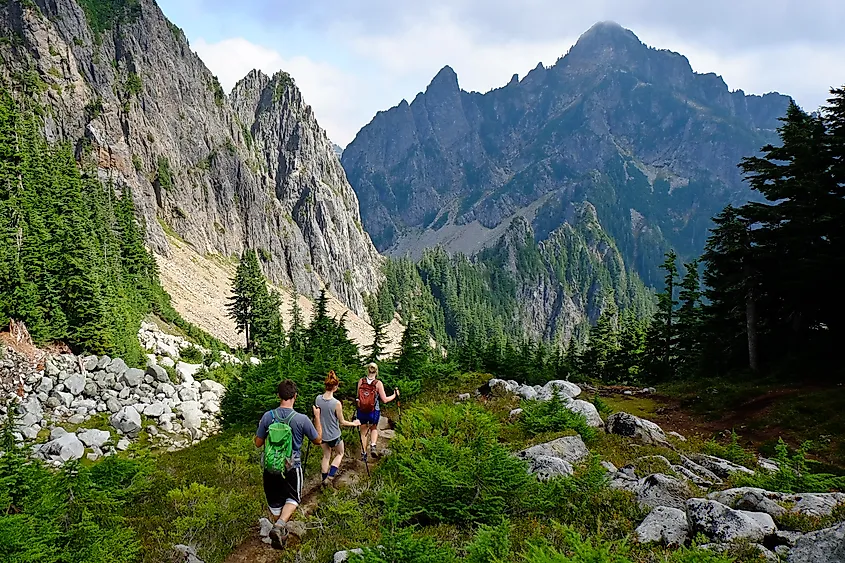
The Pacific Crest Trail is a challenging yet captivating bucket-list adventure for active explorers. Spanning 4,265 kilometers (2,650 miles), this trail takes hikers from Mexico's border to Canada's, traversing the Sierra Nevada, Cascades, Mojave Desert, and lush forests across California, Oregon, and Washington. Those undertaking this four to six-month journey must plan resupplies carefully and prepare for dramatic climate changes between day and night. An alternative route that shares some California sections and offers a highlight reel of the PCT is the 340-kilometer (211-mile) John Muir Trail.
Abel Tasman Coast Track, New Zealand
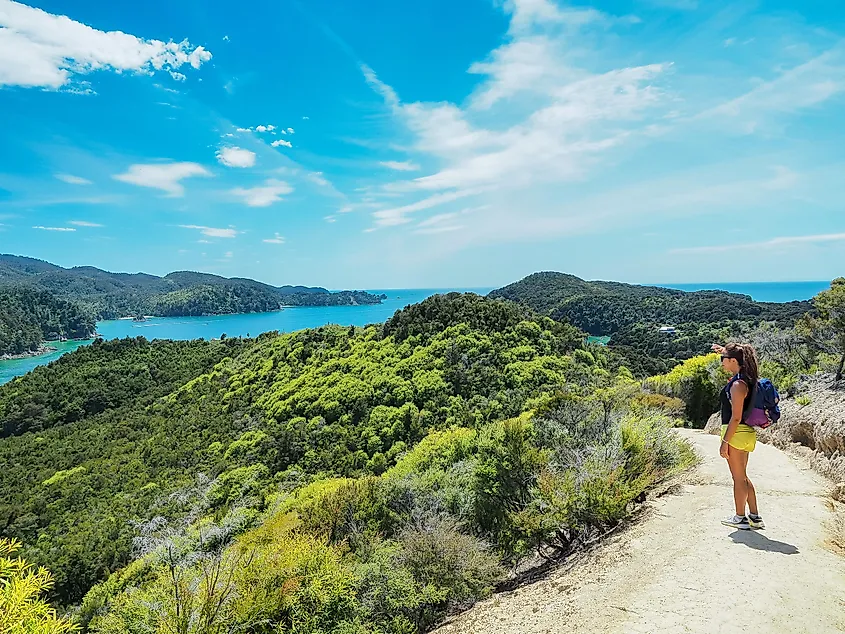
Choosing just one of New Zealand's renowned Great Walks is a challenge, and while the Milford Trek often gets top billing as the best of these diverse routes, there's a compelling case for this relaxed coastal hike. The Abel Tasman Coast Track spans 51 kilometers (32 miles) and features gentle undulations across the beautiful Abel Tasman National Park on New Zealand's South Island's North coast. Although good fitness and outdoor comfort help, this trail demonstrates that not all the best hikes are intense. Its starting point is easily accessible—just a 40-minute drive from Nelson. The Department of Conservation offers reservable huts and campsites, and you'll experience a mild climate amid white sandy beaches and clear, swimmable bays. Just be prepared for sand flies—the one aspect those perfect photographs won't reveal.
Tour de Mont Blanc, France/Italy/Switzerland
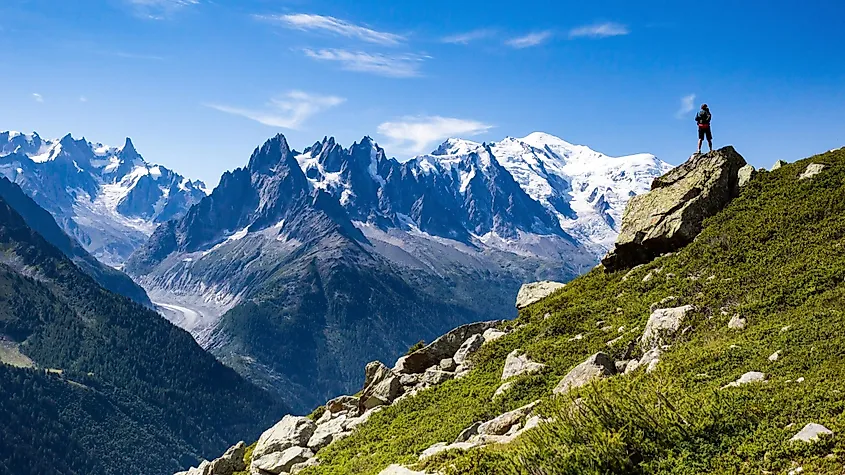
The Tour du Mont Blanc is one of the most popular and arguably the most stunning hiking trails (those things tend to correlate) in Western Europe. The 170 kilometers (106 miles) circuit commonly begins in the charming French mountain of Chamonix (though one can start and finish wherever one likes – that's the benefit of a loop!), and passes through several sister Italian and Swiss communities as it circumnavigates the highest peak in the Alps, Mont Blanc (4,807meters/15,771 feet). The TMB is a bit of a Yin-Yang experience. On the one hand, hikers can fulfill their every European indulgence by sipping wine and nibbling scrumptious chocolate and baked goods while listening to the clattering of alpine meadow cowbells and trying to absorb the intensely-beautiful panoramic views. But in order to earn those moments, this multicultural footpath chucks in nearly 10,000 meters/32,000 feet of elevation gain (plus, don't underestimate those long descents) across eleven potentially capricious mountain passes.
Grand Canyon Rim-to-Rim, United States
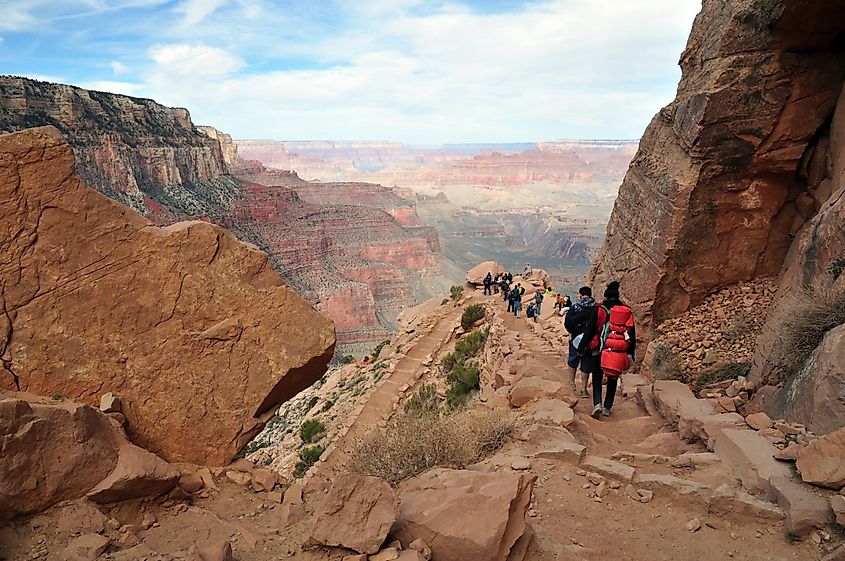
Just visiting the Grand Canyon forges a lifelong memory for most people. But pulling over to take pictures from an epic viewpoint lacks the intimacy that a deeper exploration (literally) can provide. Why not hike down to the Colorado River and up the other side? Only 1% of the 5 million annual visitors dare to do so. Such a journey brings supremely fit steadily through time with each switchback and distinct layer of strata. But beware, the Rim-to-Rim trek is deceiving. Not many treks begin with a long downhill. Make sure to save some energy for the daunting and equally persistent trudge back up, especially if you plan to do it all in one day. The total distance is approximately 38 kilometers/24 miles, but the elevation profile depends on the direction. Going from the North Kaibab trailhead to Bright Angel Campground involves 1,756 meters/5,761 feet of elevation loss, followed by 1,355 meters/4,380 feet of gain. Some kooky ultramarathoners even elect to do the Rim-to-Rim-to-Rim in a single push to cut out the transportation logistics.
Jordan Trail, Jordan
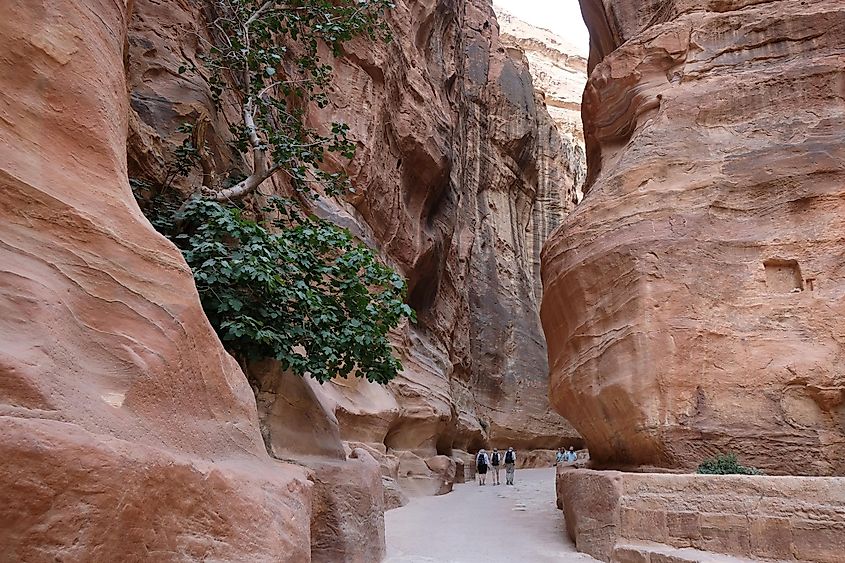
Hiking tourism isn't all about bagging peaks and cruising picture-perfect coastlines – the desert deserves some love too. Established in 2015, the Jordan Trail is the youngest entry on this list and is, therefore, simply begging to be explored. This 600-kilometer/373-mile, point-to-point trail spans the entire length of Western Jordan, from Um Qais to the Red Sea (if walking North to South). Navigation and culture-savvy travelers can tackle the whole thing. Mid-distance hikers can sample one of the eight sections of the trail, each of which takes between four to six days to complete and showcases ancient architecture, Bedouin culture, and fascinatingly barren landscapes (though there are surprisingly green sections too). The standout highlight is surely the 2,300-year-old, perfectly-chiseled out of pink sandstone, Indiana Jones-connoting, UNESCO World Heritage Site known as Petra.
Volcán Barú Sunrise Hike, Panamá
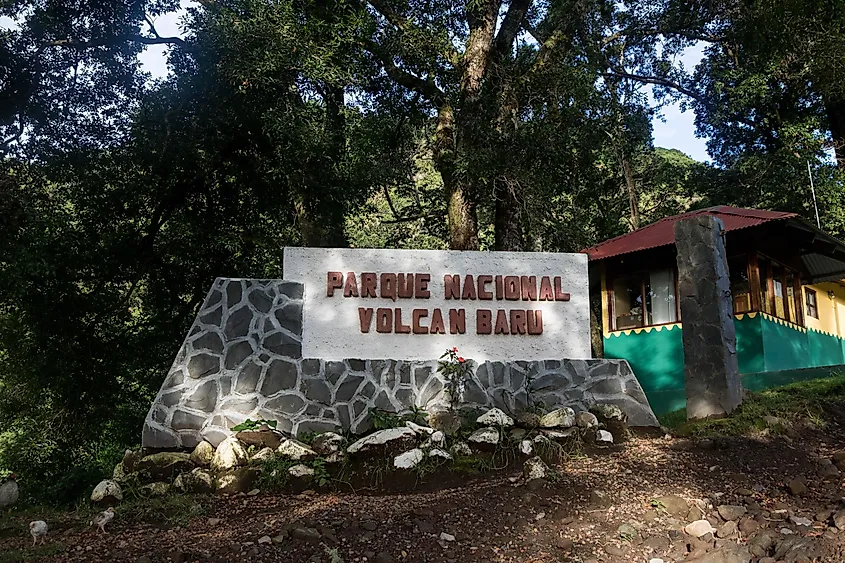
Volcán Barú (or Volcán de Chiriquí) is the highest point in Panamá, topping out at 3,474 meters/11,397 feet. From here, you can (sometimes) see both the Pacific Ocean and the Caribbean Sea with the naked eye. But there is a catch. Since cloud cover often dominates the dormant stratovolcano's peak, the most likely time of day to glimpse this extraordinary view is at sunrise, which means hiking through the night. Since the average elapsed summit time is five to six hours, hardy hikers must leave the town of Boquette at midnight, prepared to face the relentless and rugged ascent through the jungle in the dark. Winds atop Volcán Barú can be both frigid and aggressive, so pack appropriate layers while you await that glorious and warming early-morning glow.
Everest Base Camp, Nepal
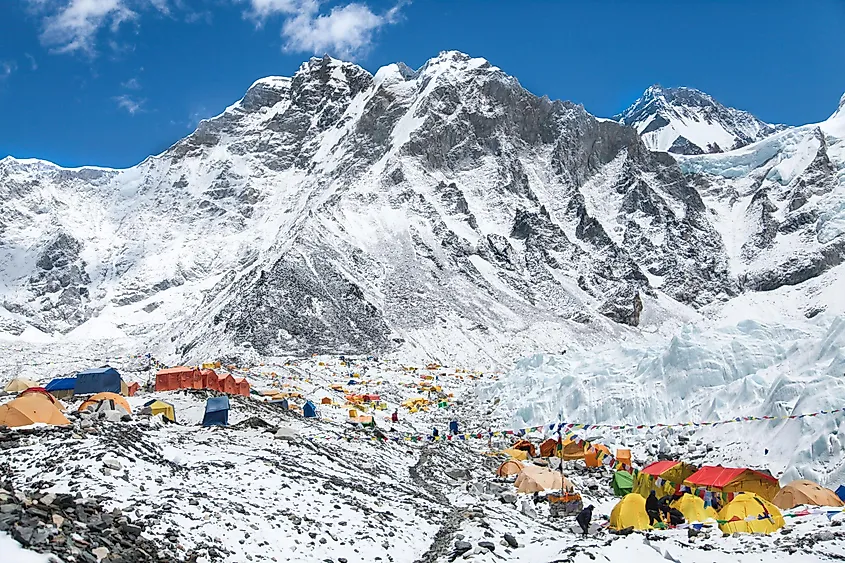
The world's highest mountain burns somewhere in the soul of all intrepid travelers. Given the extreme physical and financial investment that a Mount Everest (8,849 meters/29,032 feet) summit push demands, not everyone will be able to join the history books. Thankfully, the drawn-out journey to the foot of the great peak is epic, challenging, and astonishingly scenic. Do not be fooled by the term "base camp." The official start of Mount Everest is substantially higher than the aforementioned Mont Blanc and most other mountains not located in the Himalayas. As such, a standard itinerary lasts fifteen or more days, leaving behind the rambunctious streets of Kathmandu for progressively higher teahouse communities steeped in Buddhist stupas, Tibetan prayer flags, roaring rivers, swing bridges, pack mules, porters, friendly locals, and fellow enthusiastic adventurers.
Wapta Traverse, Canada
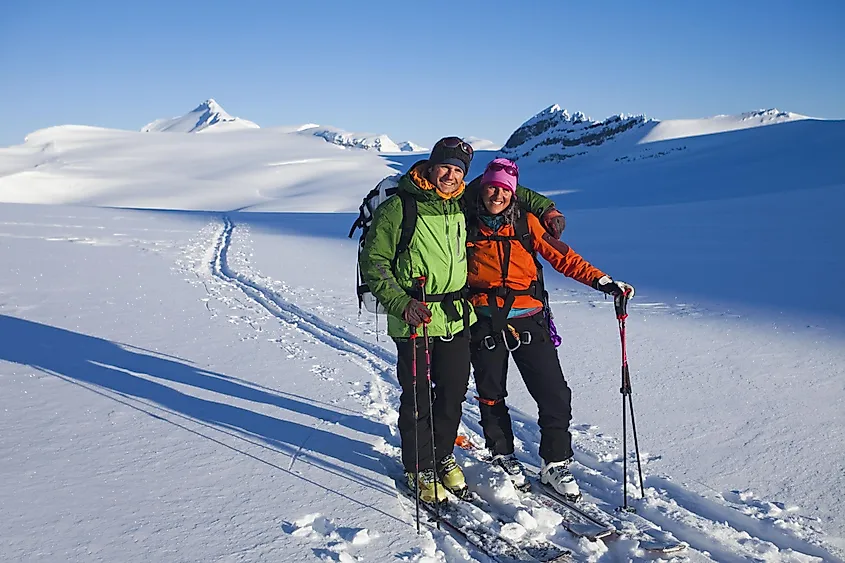
As a Canadian, and an avid hiker, I'm biased toward the extraordinary network of trails in my own backyard. So sorry, not sorry, for the additional entry! Millions of people flock to Alberta's Banff National Park each year to drink in the Rocky Mountain scenery, hit the slopes, dip a toe in the gorgeous glacial lakes, maybe catch a glimpse of a grizzly bear or moose, and of course, go for a hike. There are endless options throughout the expansive park for a variety of skill levels. But for those seeking an advanced challenge with even more advanced views, join a guided team for the Wapta Traverse. This trying, mountain-scaling, crevasse-riddled glacier-crossing foray begins at Wapta Lake, just off the Trans Canada Highway, crosses the Waputik and Wapta Icefields, and descends to the cloudy-blue Peyto Lake and the Icefields Parkway (easily one of the most beautiful drives in the country). Along the way, there are four mountain huts that are maintained by the Alpine Club of Canada. These make for great places to hunker down for a night or simply warm up by the wood stove before heading back out into the ice and snow.
There are so many variables to choose from when locking down a top-tier hike. Mountain passes, pristine coastlines, deep dives into the forest, and even isolated desert regions all present a certain calling for world-traveling trekkers. Heading off to a foreign country or taking days, weeks, and even months to explore the wilderness of one's own backyard can be the undertaking of a lifetime. If your legs are as strong as your burning wanderlust, then perhaps some of these eleven hikes will soon welcome your bootprints.

